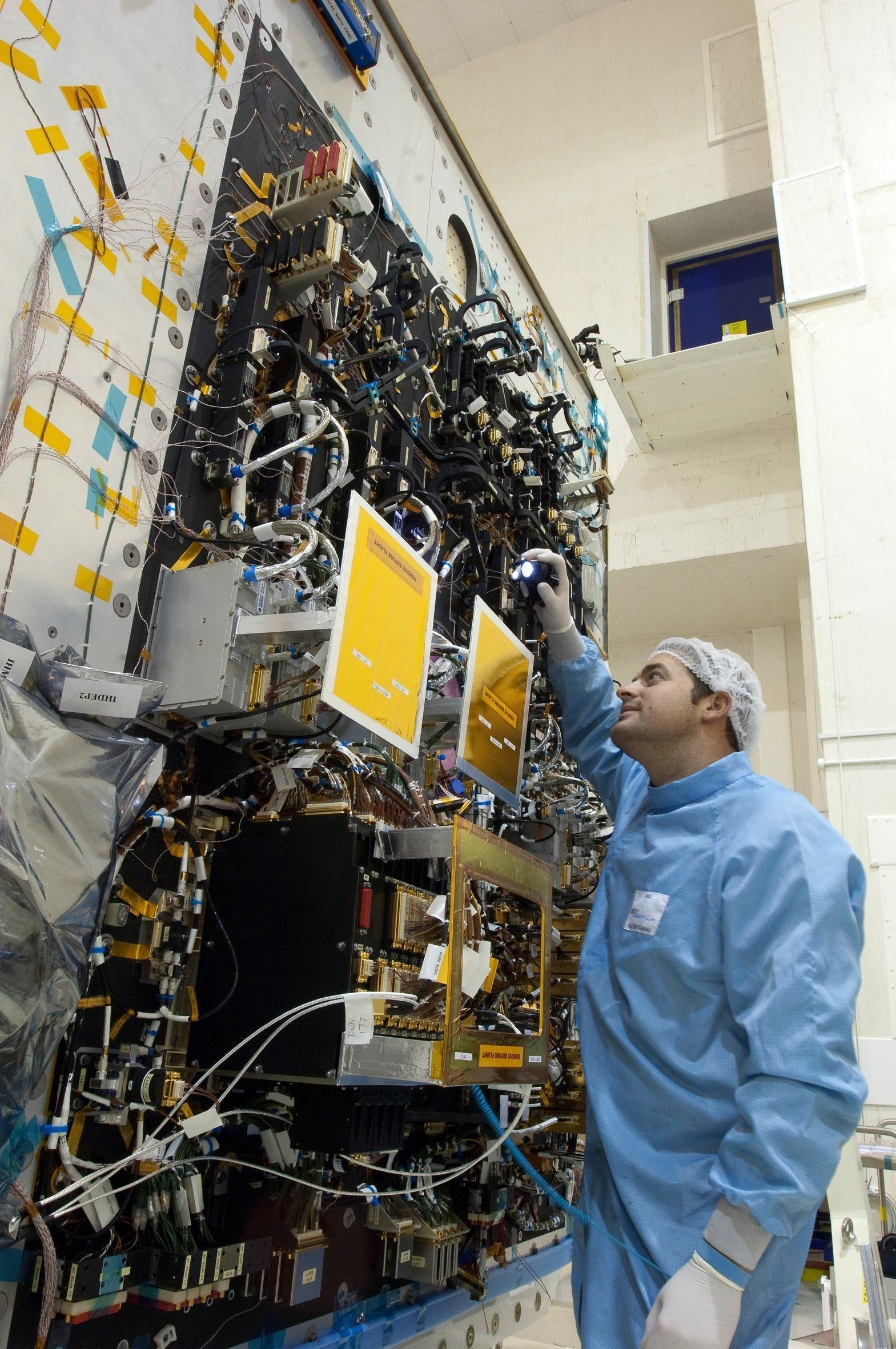PAGE CONTENTS
Objectives
The solutions that exist today with all telecom primes are not fully supported by a standard. Aim of the study is to propose a solution supported by an existing standard well known and well distributed in other industries. The main objectives are
- To define in detail a CAN bus solution compatible with satcom environments and requirements,
- To insure low time to market through efficient CAN/CANopen IP availability and prepare for future enhanced industrial competitiveness based on CANopen,
- To validate CAN to enable commercial CAN bid for satcoms at study completion.

Challenges
Shape the CAN to fulfil satcom requirements:
Challenge is to adapt the CAN bus protocol which has been developed by automotive industry to manage real time tasks fulfilling the needs of the Telecom payloads management.
Integrate CAN to the platform preserving gained heritage:
The proposed solution needs to build on the heritage and to cope with existing context. E3000 software and 1553B system bus management with their own capabilities that have to be taken into consideration.
Offer a high reliability level:
Mission availability is a key feature for telecom payloads, the data bus reliability that connects several RF units must cope with that requirement by implementing redundancy and solutions to avoid failure propagation.
Plan
The development logic is given by the figure below, it contains the following steps:
- Initial protocol discussion to compare the currently selected options for the different protocol layers to future needs, to other industrial or space applications, and to the evolving standardisation for spacecraft on board applications
- CAN bus gateway modification to embed 4 operational CAN buses.
- Physical layer analysis and test with RS-485 and CAN ISO transceivers
- Design and manufacturing by TESAT of a test unit with CAN TM/TC interface representative of future CAMPs/MPMs/FPMs
- An end-to-end validation test on Avionic Test Bench with E3000 On board software, on board computer, CAN bus gateway and the proposed test unit.
Current Status
Development is completed, a CAN bus solution is defined and has been validated through two main test campaigns both at physical layer and system level.

